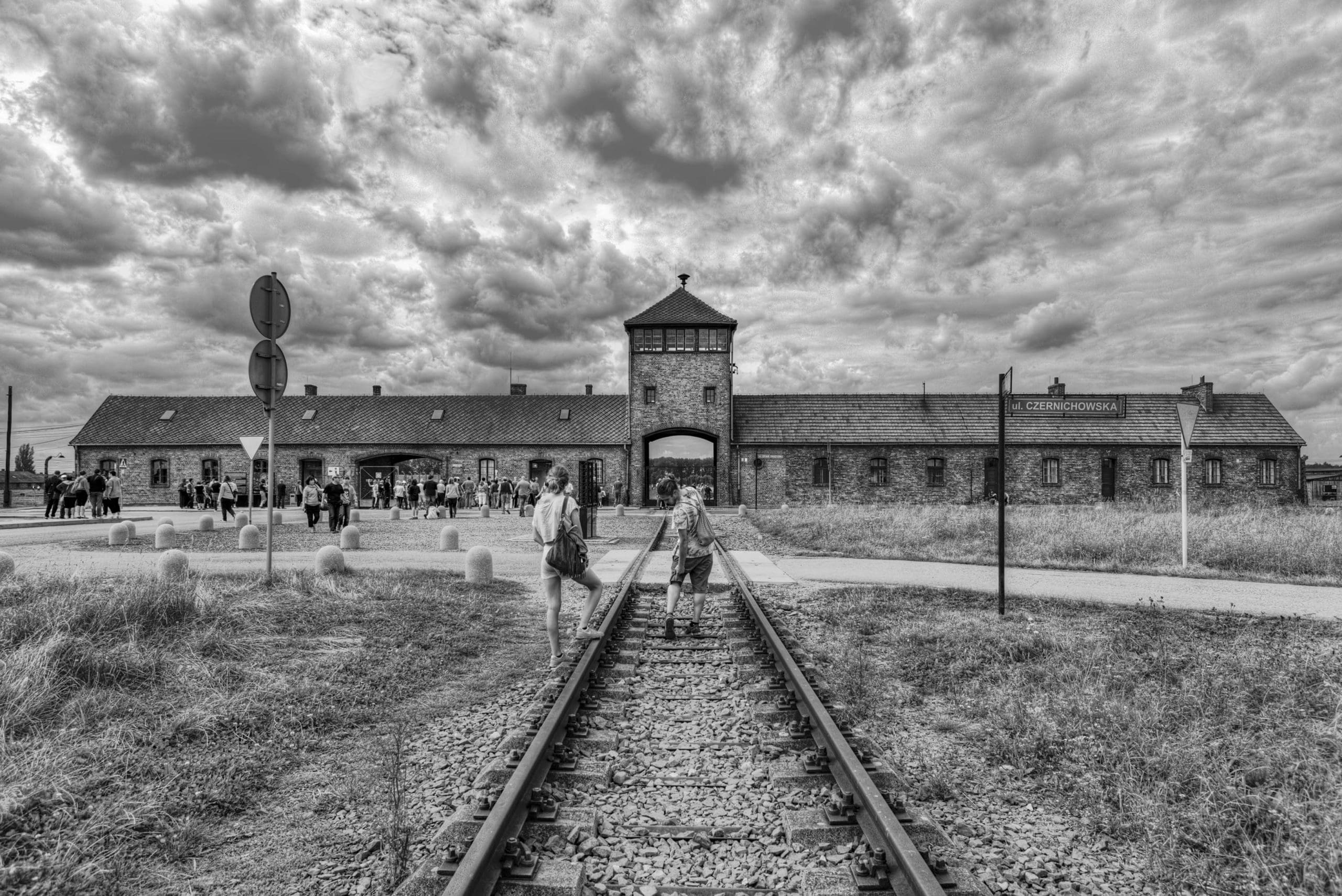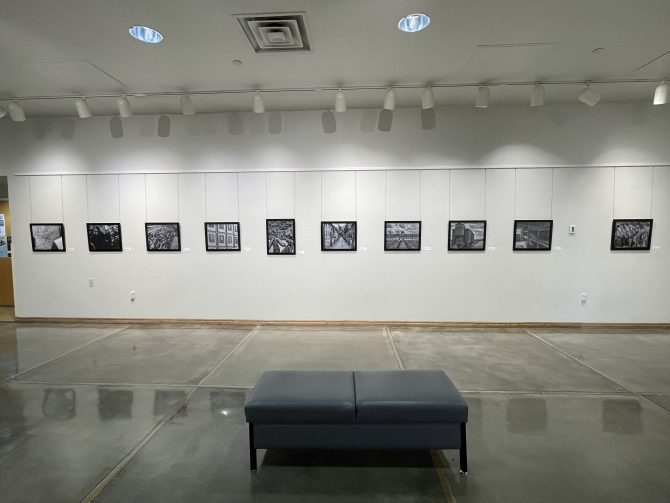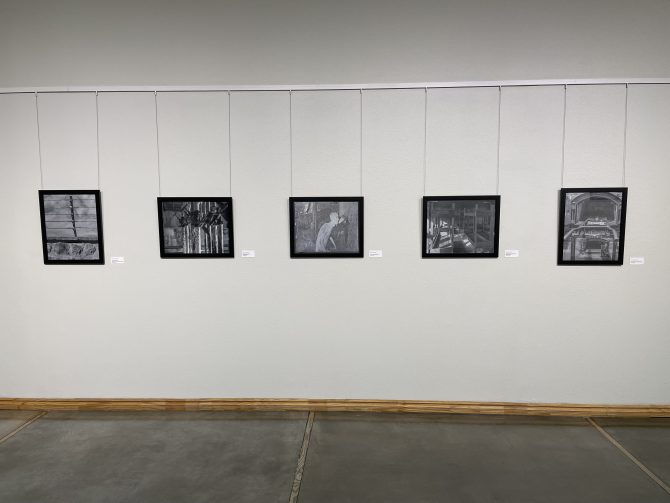
Late in 1941, during the early part of World War II, Adolf Hitler's Nazi Party-controlled German regime began building specially designed killing centers in German-occupied Poland, followed by similar "extermination" or "death" camps around Europe for the sole purpose of efficiently murdering Jews (and other "unacceptable" peoples) on a mass scale. The killings became known as Hitler's "Final Solution to the Jewish Question," based on the Nazis' rabid ideology of antisemitism, or prejudice and hatred toward Jewish people who comprised large populations throughout the continent.
The images in this exhibit were photographed on various occasions in 2010 and 2014, depicting four such camps in Germany, Austria, and Poland, comprising— with other murders and persecutions until the end of the war in 1945—the specter of unbridled horror: the Holocaust. The name is sometimes referred to as Shoah, the Hebrew word for "catastrophe," describing the mass murder of six million Jews, or two out of every three Jewish Europeans, by lethal mistreatment, shooting, and poisonous gassing.
— reference: The Holocaust Encyclopedia
On exhibit at Whitney Library from January 18 through April 4, 2023
Gallery reception on Wednesday-January 18, 2023 from 5:30 pm to 7 pm
Monday: 10:00AM – 8:00PM
Tuesday: 10:00AM – 8:00PM
Wednesday: 10:00AM – 8:00PM
Thursday: 10:00AM – 8:00PM
Friday: 10:00AM – 6:00PM
Saturday: 10:00AM – 6:00PM
Sunday: 10:00AM – 6:00PM





Add a comment to: Stuart Goldschen: Death Camps of the Holocaust